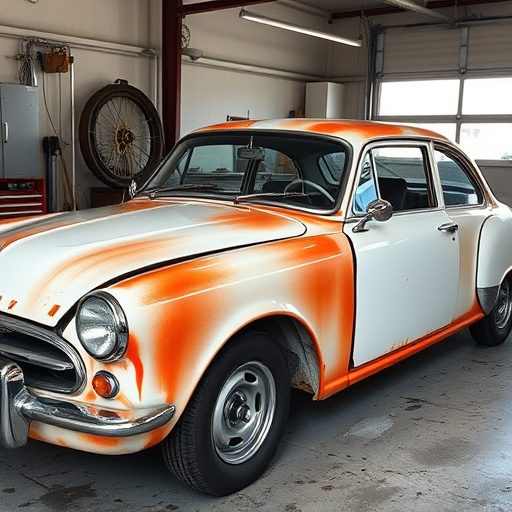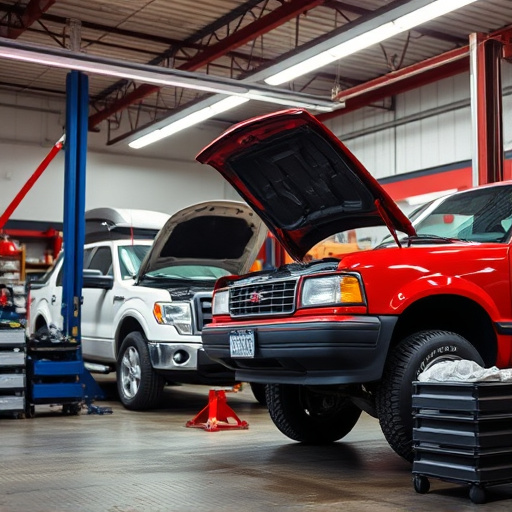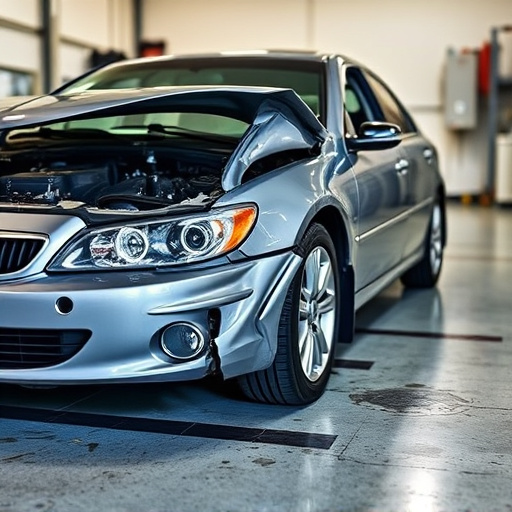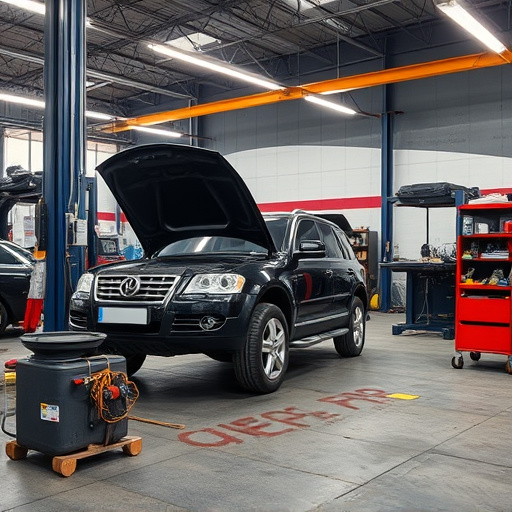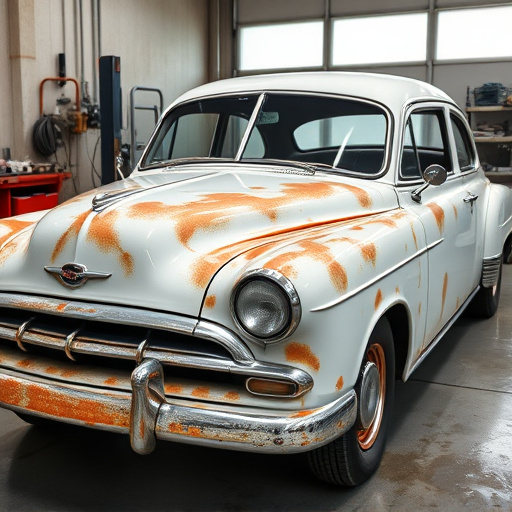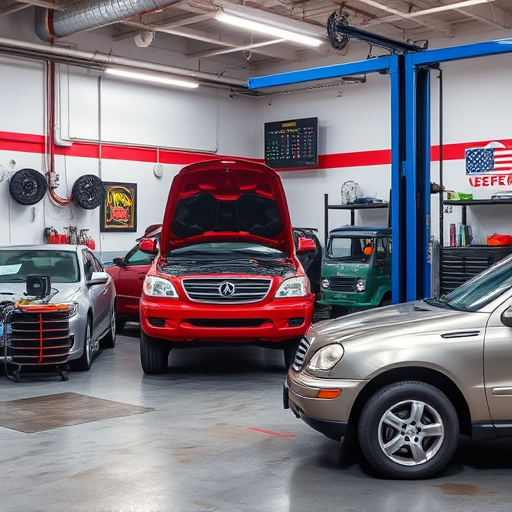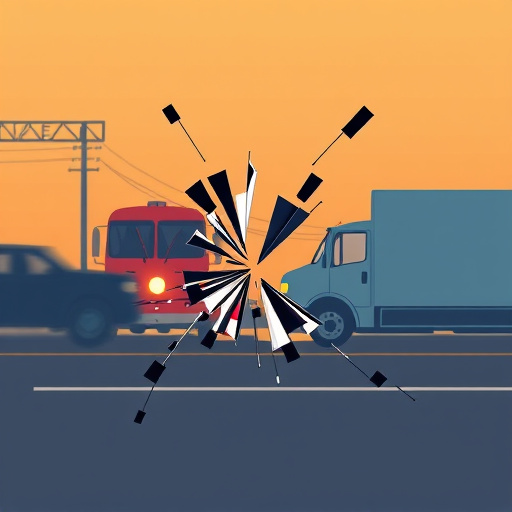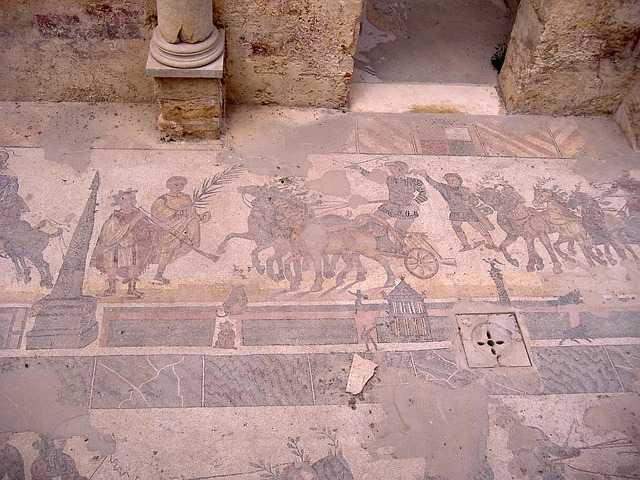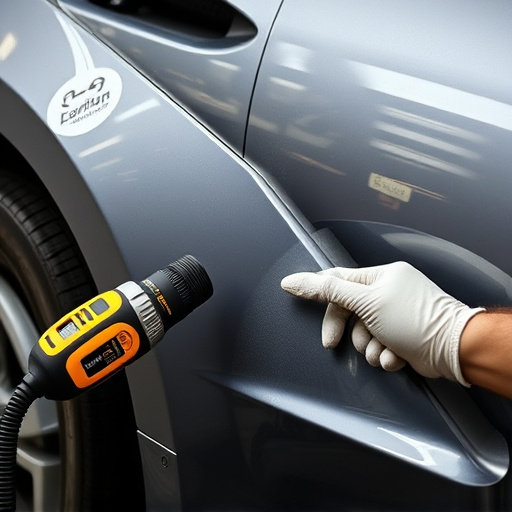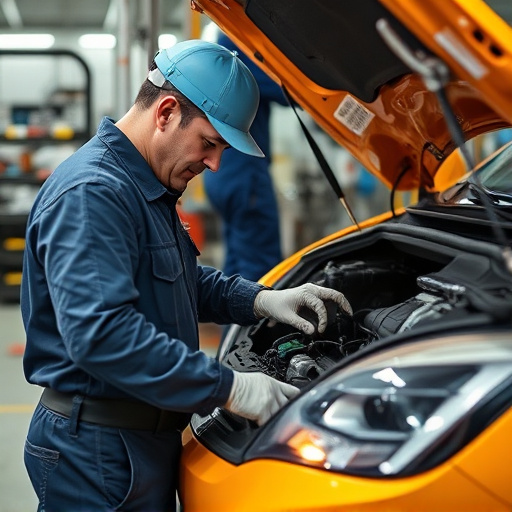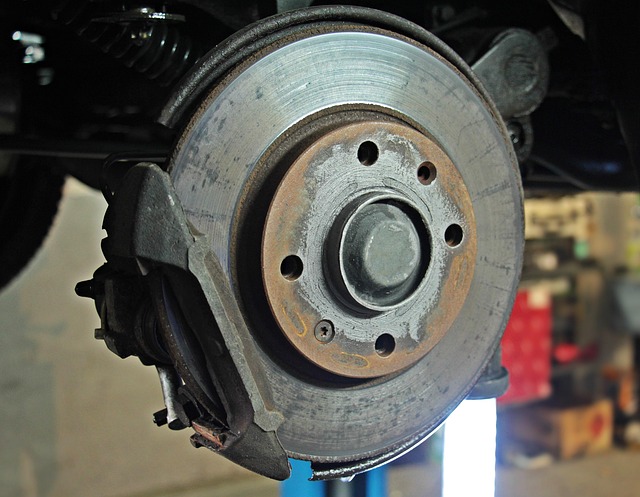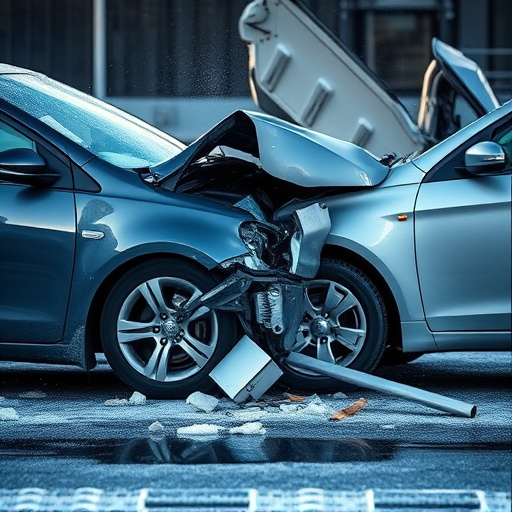Severe vehicle collisions cause both aesthetic and structural damage, requiring skilled mechanics for thorough inspections. Collision frame repair goes beyond fixing dents, involving advanced tools and techniques to straighten metal panels, detect internal shifts, and preserve original materials. For larger fleets, specialized fleet repair services ensure cost-effective, efficient collision frame repair while maintaining safety and structural integrity.
Severe damage in vehicle collisions can significantly impact a car’s structural integrity, making collision frame repair a critical process. This article delves into the intricacies of understanding severe damage effects on vehicles and how it alters the repair needs, particularly for the collision frame. We’ll explore assessment methods to identify complex repair requirements and discuss various restoration techniques and considerations essential for effective collision frame repair, ensuring vehicle safety and functionality.
- Understanding Severe Damage Impact on Vehicles
- Assessing Collision Frame Repair Requirements
- Restoring Structure: Techniques and Considerations
Understanding Severe Damage Impact on Vehicles
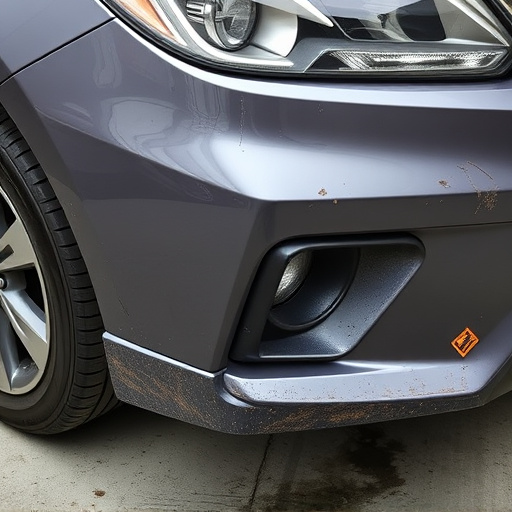
Severe damage to a vehicle can have far-reaching implications, impacting not just its aesthetic appeal but also its structural integrity. When a car undergoes a collision, whether it’s a minor fender bender or a more substantial crash, the effects can be complex and varied. The impact may cause misalignment of the frame, dents, crumple zones, and other visible damage. What might appear as superficial scratches or dings could indicate deeper structural issues that require careful attention during collision frame repair.
Understanding these impacts is crucial for effective auto body services. A skilled mechanic or auto restoration specialist will assess each situation uniquely, recognizing that a fender bender might not require the same level of intensive collision frame repair as a high-speed accident. The goal is to restore the vehicle not only to its pre-accident condition but also to ensure its safety and structural soundness, ultimately facilitating seamless collision frame repair without compromising on quality or safety standards.
Assessing Collision Frame Repair Requirements
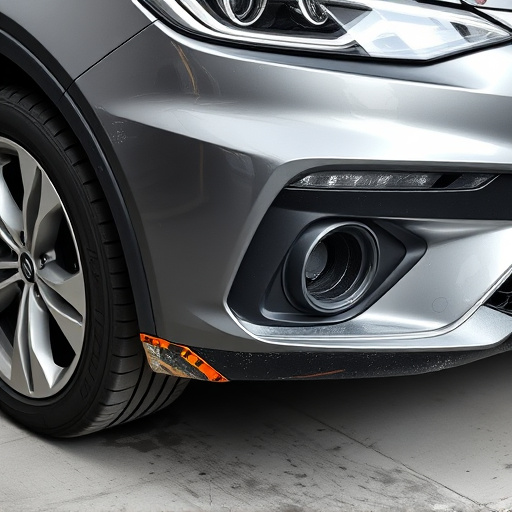
When assessing collision frame repair requirements after severe damage, it’s crucial to understand the extent and nature of the harm inflicted on a vehicle’s structural framework. The first step involves meticulous inspection to identify displaced or bent metal panels, damaged or broken frames, and any other critical components affected. This comprehensive evaluation is essential for determining the scope of work needed to bring the vehicle back to its pre-accident condition.
Professional mechanics skilled in collision frame repair employ advanced tools and techniques to measure, mark, and straightening distorted metal. They also consider factors like the age and make of the vehicle, which can impact the availability of replacement parts and the overall complexity of the repair process. For larger fleets or commercial vehicles, fleet repair services may be required to handle the extensive collision frame repair needs efficiently and cost-effectively.
Restoring Structure: Techniques and Considerations
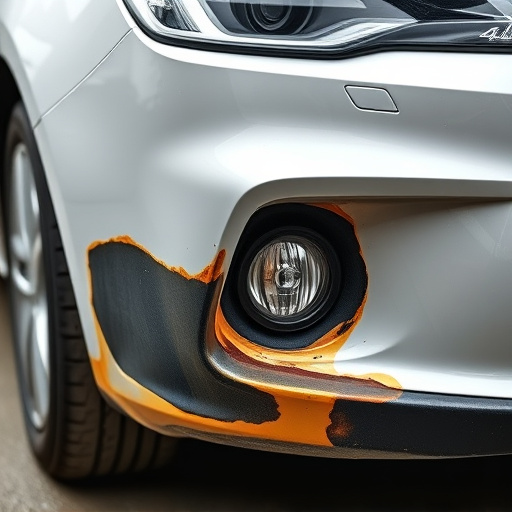
Restoring a vehicle’s structure after severe damage from a collision is a delicate process that requires specialized skills and knowledge. Collision frame repair involves more than just fixing visible dents; it ensures the safety and structural integrity of the vehicle for years to come. Professionals in car bodywork services employ various techniques to assess and rectify the damage, often using advanced tools and software to accurately measure and align the metal panels.
The process begins with a thorough inspection to identify not only exterior damage but also potential internal shifts or weaknesses in the frame. Once the extent of repair needs is established, automotive restoration experts carefully straighten and realign the frame components, utilizing techniques like hydraulic presses and specialized lifting equipment. Every effort is made to preserve original materials, but in some cases, replacement parts may be necessary, requiring precise fabrication or customization to match the vehicle’s exact specifications. This meticulous approach guarantees that the finished product not only looks like new but also functions as such, ensuring safe and reliable operation for the vehicle repair process.
Severe damage to a vehicle can significantly impact collision frame repair needs, often requiring specialized techniques and considerations. By understanding the effects of such damage and assessing repair requirements meticulously, professionals can restore structural integrity while ensuring optimal safety and performance. Effective collision frame repair plays a crucial role in getting damaged vehicles back on the road, highlighting the importance of adhering to best practices in the restoration process.
